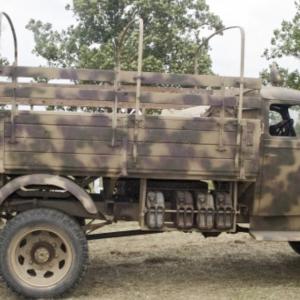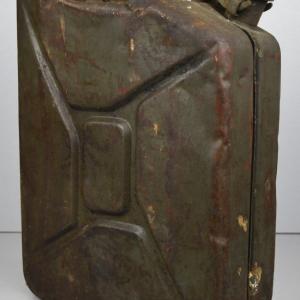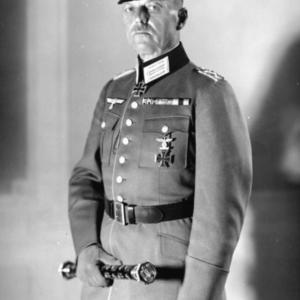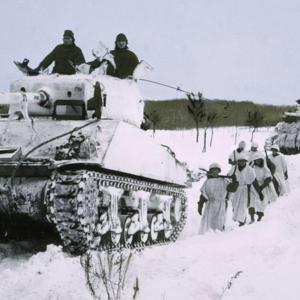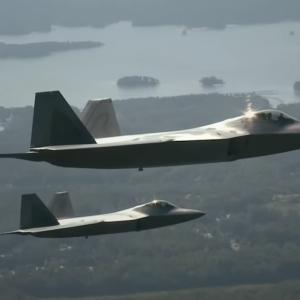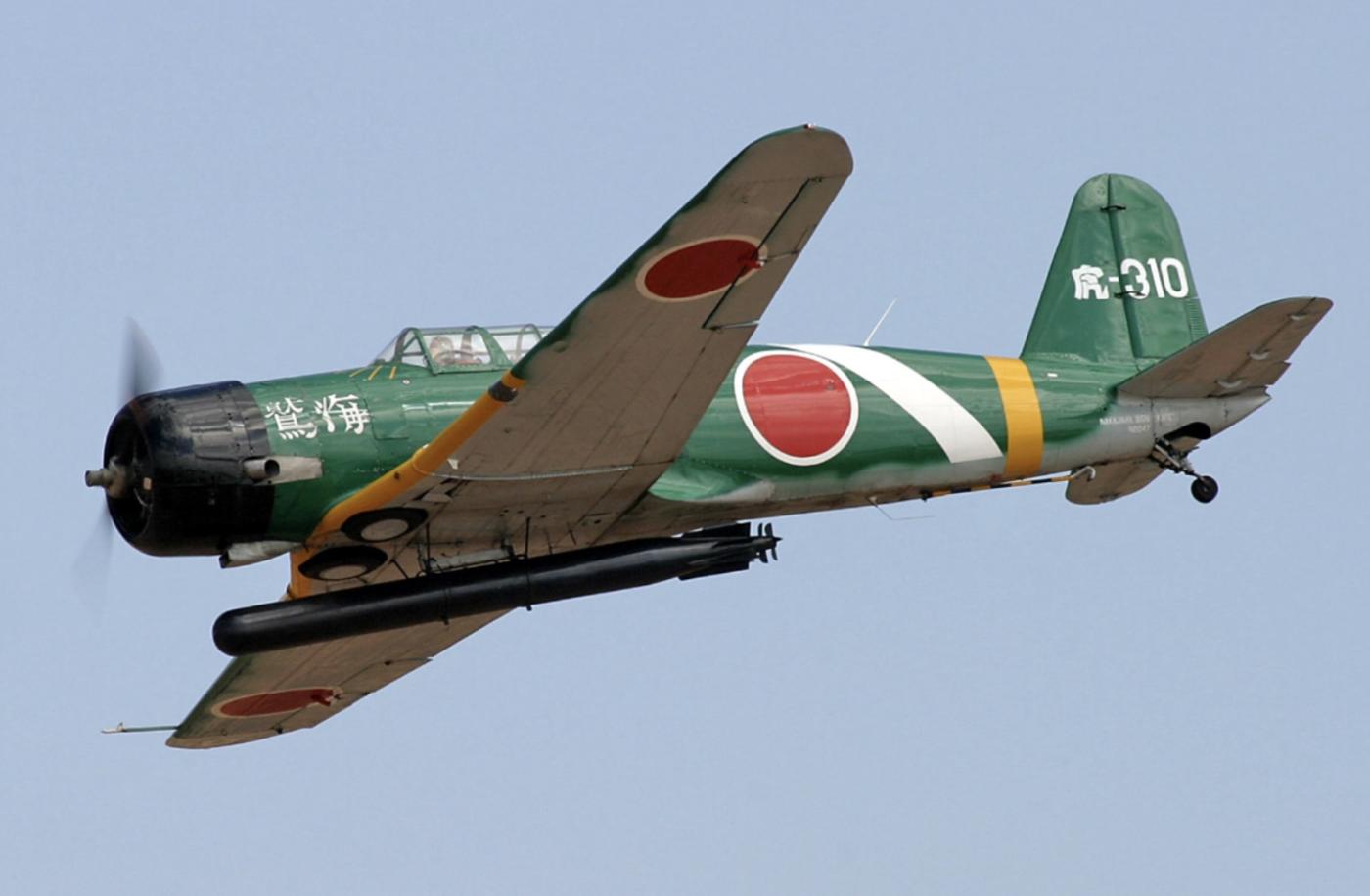
Nakajima “Kate” torpedo bomber
The Nakajima B5N, known to Allied aircrews as the “Kate,” was Japan’s principal carrier-based torpedo bomber at the start of the Pacific War and one of the most important naval attack aircraft the Imperial Japanese Navy operated in 1941–1942. It combined a clean, aerodynamic silhouette with a roomy three-man cockpit and a load plan optimized for either a heavy aerial torpedo or a useful bomb load, which is why it was the obvious choice for Japan’s carrier strike formations in the opening months of World War II.
The Kate was the product of Nakajima Aircraft Company’s design teams working to meet an Imperial Japanese Navy requirement for a modern carrier attack aircraft in the mid-1930s. The design married a slim, low-wing monoplane layout with a relatively long fuselage to give a bombardier/navigator and radio-operator room behind the pilot; it also provided a clear field of fire for the rear gunner. The prototype appeared in 1937 and, after trials and incremental improvements, the aircraft entered service as the Navy Type 97 Carrier Attack Aircraft (B5N). Two main production variants appeared in quantity: the early B5N1 and the more numerous B5N2, the latter featuring a revised canopy and minor aerodynamic and systems refinements.
Production was handled primarily by Nakajima, the original designer and manufacturer, and supplemented by other firms under wartime production arrangements. Total production through early-mid war runs into the low thousands in most published sources; estimates commonly cited put total B5N production at just over a thousand airframes, reflecting both carrier and land-based units. Because wartime records and later histories sometimes give slightly different totals, most accounts agree the B5N was manufactured in the order of about one thousand aircraft rather than many thousands.
Performance and handling were competitive for a torpedo bomber of the late 1930s. The Kate was fairly fast for a carrier attack type of its era, with typical maximum speeds in the mid-300s kilometers per hour (a figure often expressed as roughly 200–240 miles per hour depending on the source and the exact subvariant and load). Its cruising or bombing speed — the speed at which it would approach for a torpedo or level-bombing run — was lower and chosen to optimize bomb/torpedo release characteristics and aiming stability; crews generally approached at a few hundred kilometers per hour (commonly described in accounts as a relatively slow, controlled pass suitable for torpedo runs). Rate of climb was adequate but not outstanding; the Kate was optimized for range and payload rather than rapid climb, so it accelerated and climbed steadily but slower than contemporary single-seat fighters. Service ceiling and exact climb-rate numbers vary by variant and load, but the airplane routinely operated at the medium altitudes used by naval strike formations and performed well enough to deliver torpedoes and bombs from carriers over long distances.
The Kate was powered by a single air-cooled radial engine; as with many Japanese types of the period, incremental engine improvements appeared across variants. Powerplants provided roughly in the mid-hundreds to about one thousand horsepower range depending on model and tuning, giving the aircraft the combination of range and payload capacity needed for carrier strike operations. This single-engine layout, plus the airframe’s tidy aerodynamic lines, made the B5N comparatively simple to maintain aboard carriers by the standards of the day.
Crew layout and operational use reflected its mission. The three-man crew consisted of a pilot up front, a navigator/bombardier who occupied the middle position and handled aiming and release of bombs or torpedoes, and a radio-operator/rear gunner who sat toward the rear and manned a flexible defensive machine gun. Defensive armament was light: typically one flexible machine gun for the rear crewman and sometimes additional small-caliber guns depending on field modifications. Offensive loadouts were what defined the Kate: its main weapon for anti-ship work was the Imperial Japanese Navy’s Type 91 aerial torpedo, the standard carrier torpedo of the early war years. Alternatively, when used in a level-bombing role or on land-attack missions, the B5N could carry bombs in the fuselage bay or on external racks — commonly a single heavy bomb or multiple smaller bombs depending on the mission. The capacity to carry either a torpedo or a meaningful bomb load made the aircraft versatile in fleet strikes, anti-shipping operations, and land attacks.
In service the Kate proved to be an exceptionally effective strike aircraft early in the war. It was the torpedo-carrying workhorse at Pearl Harbor on December 7, 1941, and led torpedo strikes in actions such as the Indian Ocean raid, the early carrier battles in the Coral Sea, and the Battle of Midway. Its combination of range, payload, and the skilled tactics of IJN aircrews produced devastating results in 1941–1942. The airframe’s relatively clean handling and good visibility from the cockpit were appreciated by many pilots and navigators; it was often described in veteran accounts as straightforward to fly for a multi-crew tactical bomber, though carrying a heavy torpedo for takeoff from carrier decks required precise technique and reduced margins compared with lighter loads.
That said, the Kate’s strengths came with limits. By 1942–1943 newer Allied fighters and improved anti-aircraft defenses exposed the Kate’s light defensive armament and limited maneuverability when compared with single-seat fighters. The aircraft was vulnerable to escort fighters once the Allies developed better radar and combat air patrol tactics, and attrition mounted. Over the course of the war, many Kates were replaced by more modern designs in frontline carrier units, relegating surviving examples to land-based roles, training, and second-line duties.
Operationally, the Kate was an archetype of prewar and early-war Japanese naval aviation thinking: emphasize long range, a heavy warload (notably the Type 91 torpedo), and the ability to operate from fleet carriers in coordinated strike packages. It was designed and produced for carrier operations—folding or easily managed control surfaces, arrestor gear compatibility, and a structure capable of the hard work aboard carriers—and saw the majority of its most famous employment launched from Japanese fleet carriers.

